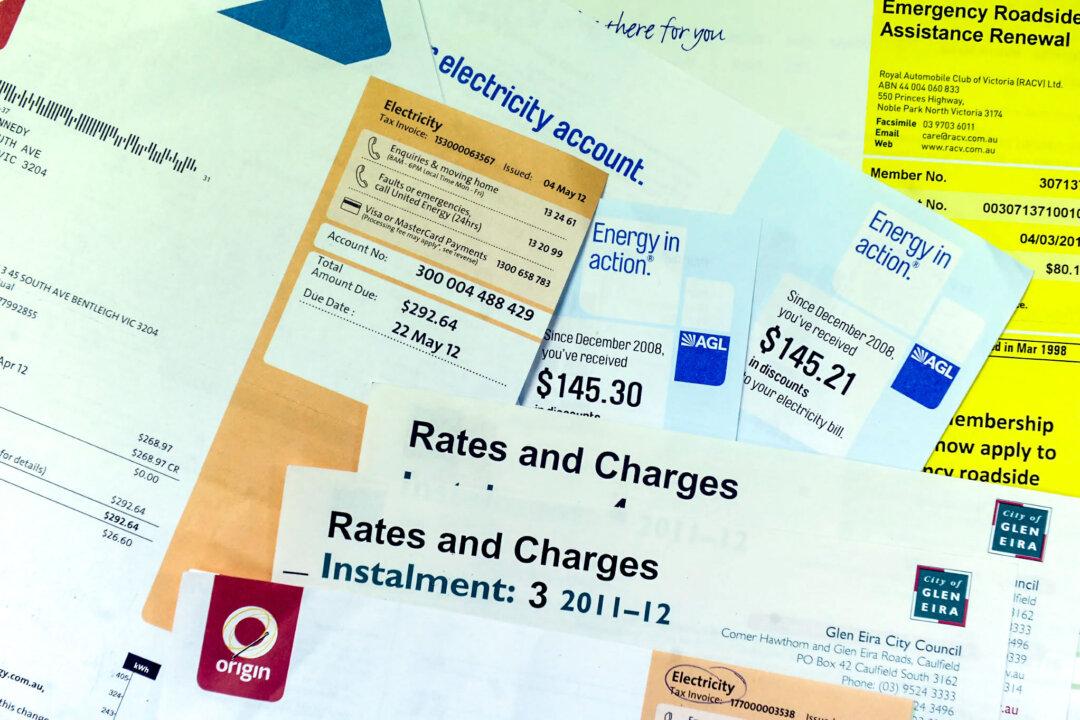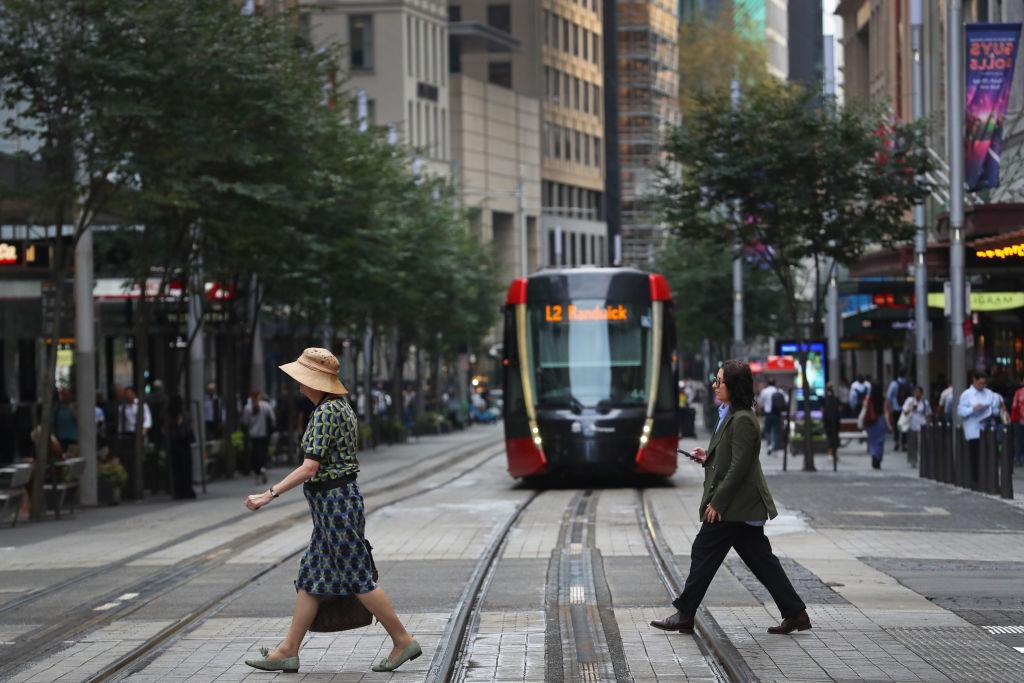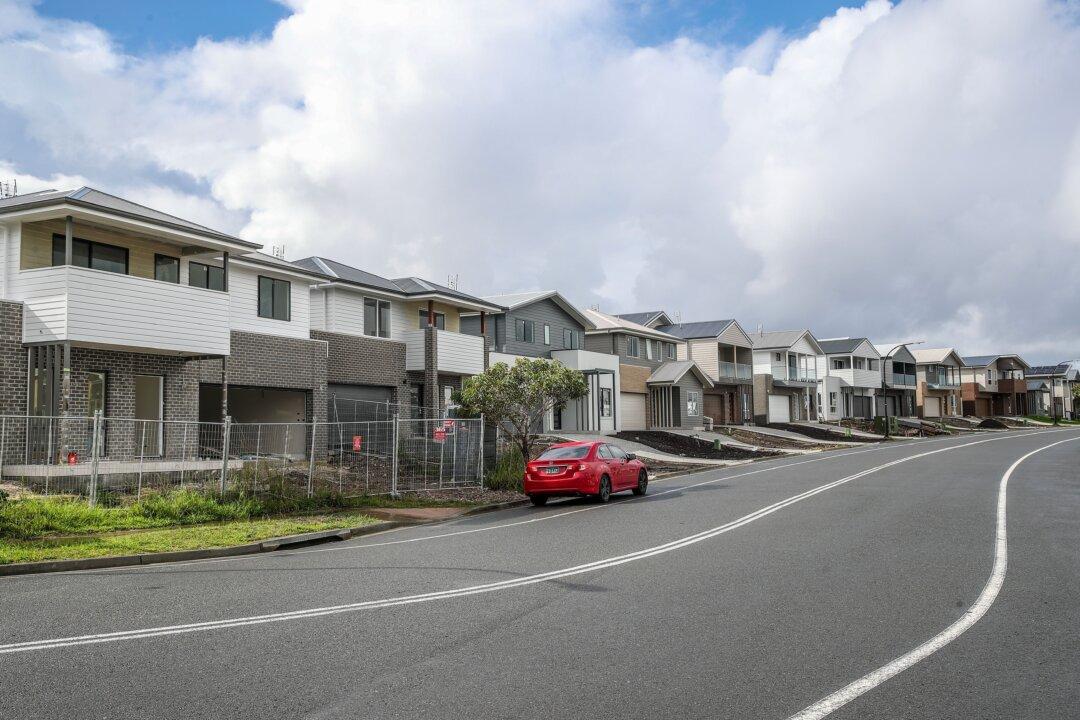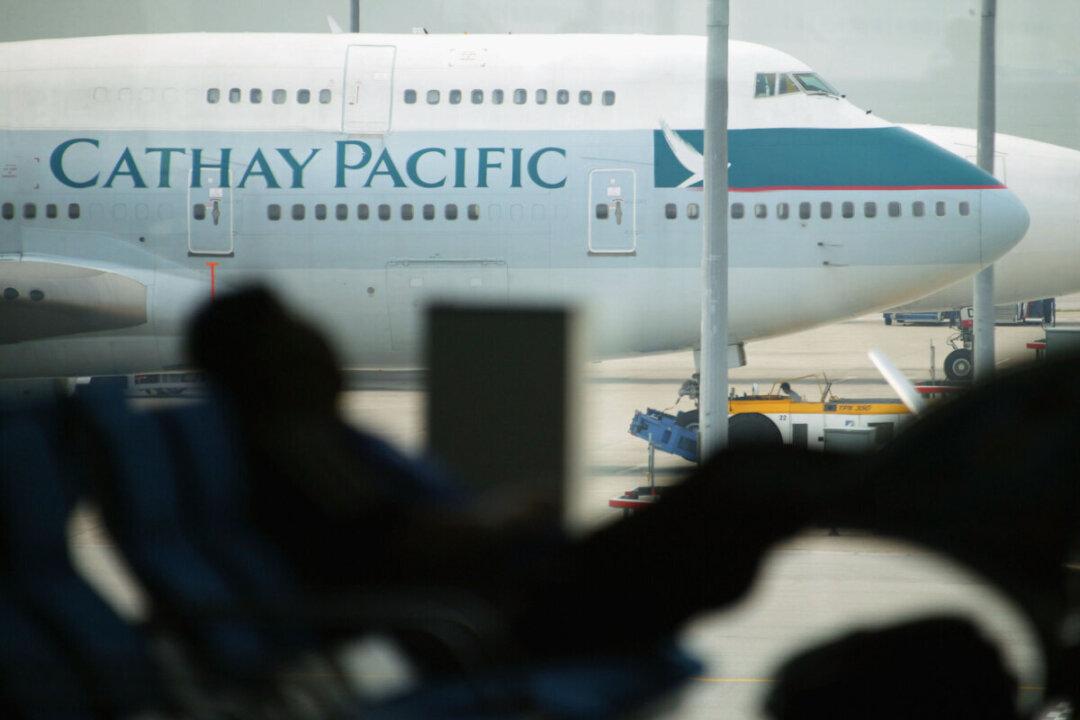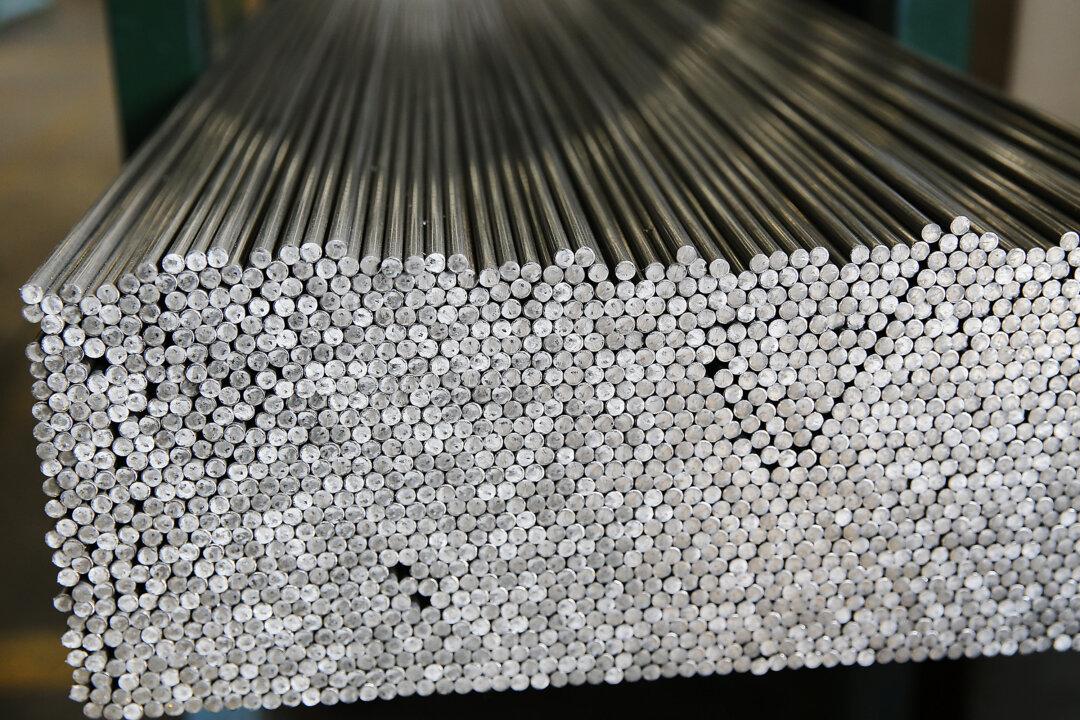Pursuing nuclear energy in Australia would translate to higher power bills for households, according to a think tank study.
Institute for Energy Economics and Financial Analysis (IEEFA) data showed that typical Australian households could see electricity bills increase by $665 per year on average if nuclear would be introduced as part of the country’s energy mix, as suggested by the Coalition.
